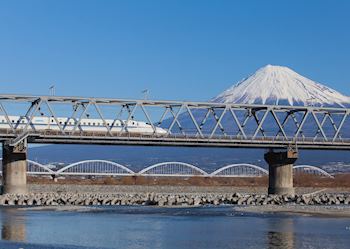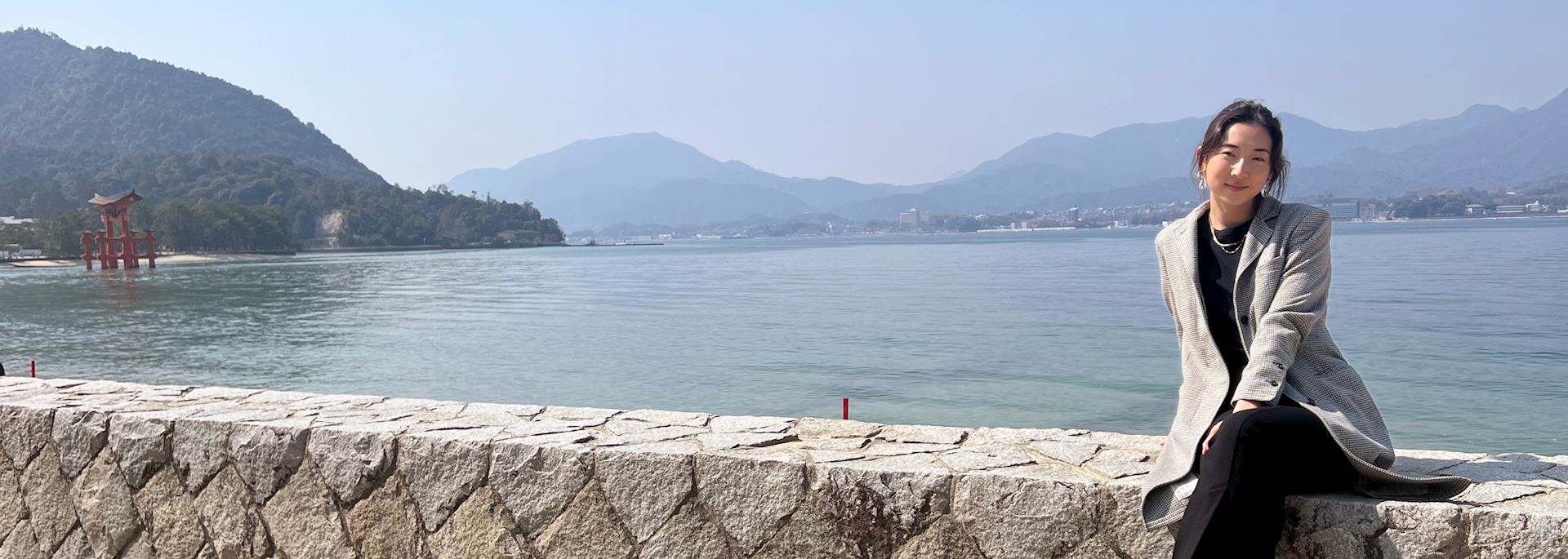My roots extend to the city I was born in that I refer to as my ‘heart and Seoul.’
I have always craved travel and have never passed up an opportunity to visit as many places I can on the way to a destination. From province to province through Canada, to Korea then Japan, a few pit stops through countries in Europe, all around the US and beyond — I have to say my first trip to Asia absolutely stole my heart.
My travels to South Korea and Japan have created the highlights of my life. Climbing Mount Fuji, practicing Sunmudo with Buddhist monks at a temple in the mountains, and eating my favourite foods city to city — nothing says 'Asia' more than the scenic route of roads less travelled and the beautiful people you meet along the way.
I have been inspired to share the love to those who are eager to travel to new worlds. With Audley, I am excited to see where adventure takes me next.

Start planning your trip to North Asia, China & Japan with Stephanie
-
01993 838 92501993 838 200
- Make an enquiry
Q&A with Stephanie

What's your most vivid travel moment?
It was my first time travelling to Gyeongju in South Korea when I stayed a night at a Buddhist temple tucked away in the mountainside. I had no expectations of what my stay might look like — this was my first time experiencing daily life through the eyes of a monk. Greeted by a blanket and pillow on the heated floor as my abode for the evening, I spent the entire day practicing Sunmudo, a Korean form of martial arts, and went through hours of the most strenuous, high-intensity, full body workouts of my entire life. The practice was followed by 108 prostrations and returning home to sleep on the bare ground before the group was to wake the following morning, climb the mountain side, and partake in a 5:30am meditation. This experience for me was quite humbling in a few ways — to see the lengths I could extend myself both physically and mentally, and to be immersed within the beauty behind meaning for so many individuals in South Korea. After our morning meditation, the group anxiously awaited Master Woo to come greet us with another Sunmudo practice. Our bodies were tender and sore, and everyone gravitated toward sitting in the back of the room to prepare themselves for another intense lesson. Our welcoming faces hiding exhaustion, Master Woo entered, bowed, smiled, and said “Get in the van, we’re going to the beach!” To my surprise (and relief) I looked outside to see a jumbo van waiting to take us to the coastal cliffs of the city where we climbed and jumped bluffs to the edge of the ocean, closed our eyes, and meditated to the sounds of the ocean.

Which book film or artwork captures Japan the most?
When thinking about the way you may feel when travelling through Japan, I think the works of Katsushika Hokusai, a Japanese painter from the Edo period, do a beautiful job representing Japanese culture and perspective in art form. You may recognise timeless pieces like the ‘The Great Wave of Kanagawa 1823,’ but I do urge you to look further into his other pieces such as ‘Old Tiger in the Snow’ or ‘Nakamaro Watching the Moon from a Hill.’ His collection is quite large and ranges from scenic to fantasy, and even the ‘Floating World’ of Urban culture. All pieces have a common theme of Hokusai’s fascination of depicting movement and human invention — you can read his art as you would history and become familiar with Japan’s rich culture and the beautiful people who have composed it. His artwork also resembles modern Japanese Manga and Anime, which I think captures the visuals you may experience when travelling through cities like Tokyo and Osaka.

Your best piece of travel advice?
If you dream of travelling to Japan, my biggest piece of advice is to plan your trip around peal foliage season (mid-end November.) This is my favourite season to explore the country, and for you to experience vibrant and scenic rides through the Japanese Alps, while riding peacefully on the Bullet Train from city to city. This is also an ideal time to get the best views of Mount Fuji, avoid overcrowded temples and historic landmarks, and to ensure you have the most intimate experience with all the beautiful and immersive experiences Japan has to offer. Another key piece of advice since Japan’s culture does not accept cash tips, is to bring a small memento from home to offer your guides or those you meet along your journey. This could be something that represents where you are from. This is much more appreciated than trying to hand off yen at the end of your excursions. This practice is referred to ‘Omiyage’ — the act of gift-giving.

